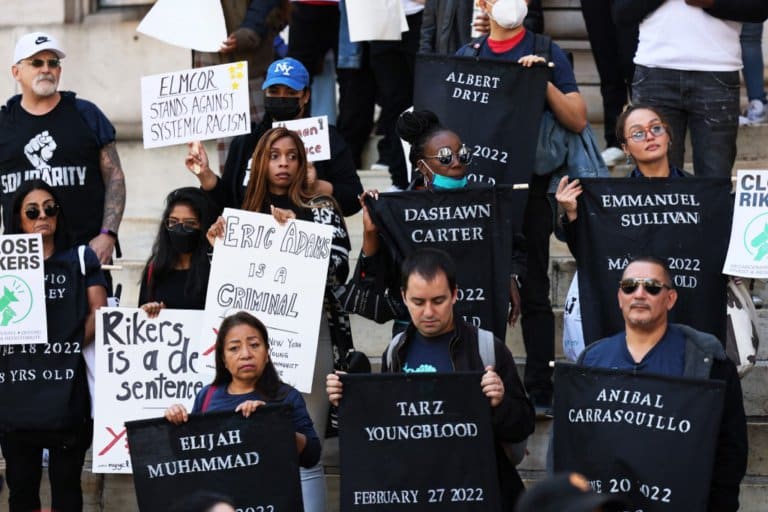
Talking about race is tricky. The conversation explores the complexities behind the discourse of identity, experiences and themes beyond the colour of your skin.
And “people of colour,” or POC, is a phrase that often comes up on social media, the news and in convos. As does “Black Indigenous people of colour” (BIPOC).
What do they mean and where did they come from?
We can trace the modern history of the term to a 1988 New York Times article. Columnist William Safire suggested “people of colour” as a “new-age” replacement for the term “coloured people.”
“Politically, [people of colour] expresses solidarity with other nonwhites, and subtly reminds whites that they are a minority,” wrote Safire.
In other words, both terms refer to individuals or minority groups who identify as African Americans, Asian Americans and Latino Americans, among others.
In recent years, we’ve seen anti-racism efforts unfold across the country with these groups of racial minorities working in solidarity with one another.
Take for instance the #BlackLivesMatter movement which started in 2013 and reignited in May 2020 following the murder of George Floyd. Those engaged in the cause cut across ethnicities.
But there’s more to the phrase “people of colour” that any newcomer to the country, especially international students on politically heated campuses, should know.
Let’s break down the term “people of colour,” the origins of the term and the nuances that come with it:

The #BlackLivesMatter movement was reignited in May 2020 following George Floyd’s murder. Source: Michael M. Santiago/Getty Images North America/Getty Images via AFP
History behind “people of colour”
The origins of the term can be traced back to the 18th century.
Translated from French, “gens de couleur” was used to describe mixed-race colonial subjects. South Africa also adopted it to name multiracial identities of all kinds.
Since then, we find this term being used in 20th century US, where “coloured people” were used as a synonym for mainly those of Black descent.
In other words, “people of colour” was subsequently popularised as a more radical, but also more mannerly, substitute for minority.
By grouping ethnicities together, the term was meant to engender an oppression-based solidarity and to demonstrate that all non-whites were in this struggle against racism together.
But does that necessarily mean all non-Whites face the same issues while being oppressed by systemic racism?
And is “people of colour” just another term that generalises experiences across the non-White spectrum?
Why the term can be problematic

Among the backlash received from using the terms POC or BIPOC includes sidestepping the truth of how not all non-Whites face the same kind of racism. Source: Angela Weiss/AFP
Some of the backlashes received from using the phrase POC was that it was sidestepping the truth.
“Certain effects of racism — things like mass incarceration, police violence, inability to access good health care — disproportionately affect Black and Indigenous people. Not all ‘people of colour,'” says Efrén Pérez, professor of political science and psychology and director of the Race, Ethnicity, Politics & Society Lab at UCLA.
Similar to the usage of BIPOC – many questioned if this newer term was just another woke term that White people used to come off inclusive.
Research by Pérez, which included various in-depth interviews and surveys, showed that even non-Whites themselves said “it flattens differences” and “it simplifies complexities.”
It is, at the core, enforcing or limiting how non-Whites choose to be identified.
“Comparing the experiences of Blacks, Latinos and Asians are like comparing apples and oranges,” shares Pérez.
“While POC all experience discrimination, the legacies of slavery cannot be compared to, say, the challenges of undocumented immigration.”
“I’ve found that when ‘people of colour’ feel that their narrower racial group’s unique challenges are being ignored, the unity behind ‘people of colour’ crumbles.”
Extra reading
Give these opinion pieces a read if you’re interested to learn more about the complexities of racial identity:










